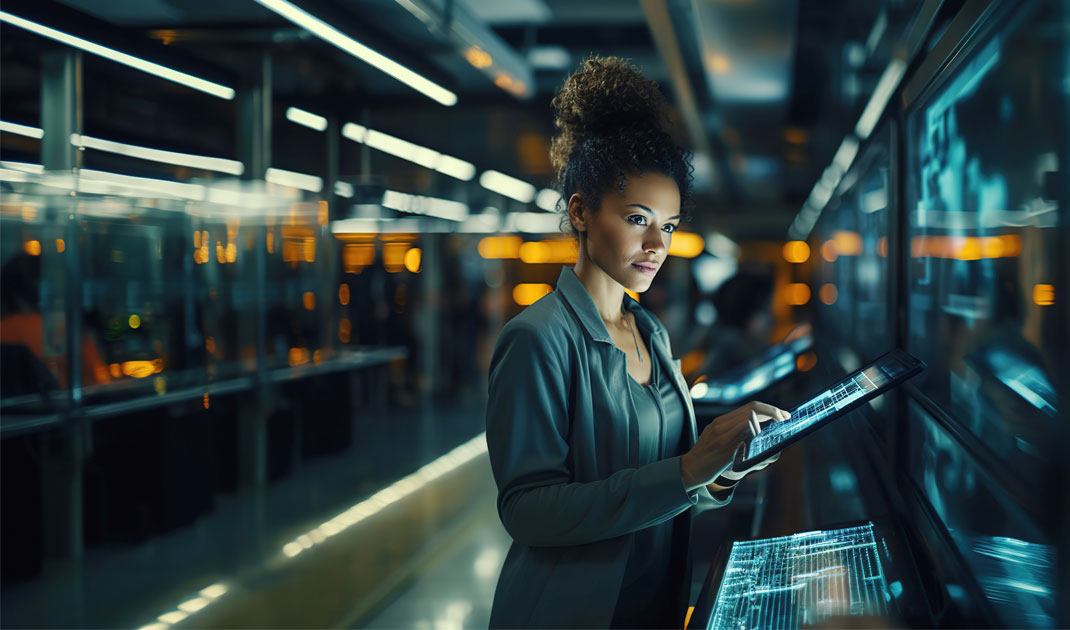
Human Rights and AI - Protecting People
Artificial Intelligence is reshaping the world. From healthcare diagnostics to online platforms, its impact is felt across everyday life.

Artificial Intelligence is reshaping the world. From healthcare diagnostics to online platforms, its impact is felt across everyday life.
Artificial Intelligence is reshaping the world. From healthcare diagnostics to online platforms, its impact is felt across everyday life. However, alongside opportunity, AI comes with risks. AI can strengthen human rights, or it can undermine them. The difference lies in how these technologies are designed, governed, and deployed.
As UNESCO puts it:
“The protection of human rights and dignity is the cornerstone of the [AI Ethics] Recommendation . . . always remembering that the importance of human oversight of AI systems”. (UNESCO, Ethics of Artificial Intelligence)
UNESCO explores the relationship between Ai and human rights, the different perspectives at play, real-world examples (good, bad, and thought provoking), and the guidance available from international bodies.
AI can help people realise their rights. Tools that detect disease early support the right to health, accessibility focused AI (such as speech-to-text or language translation) enhances the right to education and communication; and content moderation systems can reduce online harassment, upholding the right to dignity.
Poorly designed AI can harm rights, Biased hiring algorithms may deny equal opportunities, predictive policing has targeted minority groups unfairly, and large-scale surveillance threatens privacy and freedom of expression.
AI itself is not inherently good or bad. What matters is governance, transparency, and accountability. Rights must be safeguarded through regulation, design choices, and effective oversight.
Ai interacts with many human rights in different ways. Some of the most important rights include:
The United Nations’ view is clear:
“AI actors [must] make all reasonable efforts to minimise and avoid reinforcing or perpetuating . . .discriminatory or biased outcomes throughout the lifecycle of the AI system.” (United Nations, Artificial Intelligence and Creativity)
In Northern Ireland, where equality and fairness are cornerstones of governance, the human rights dimension of AI cannot be ignored. Lessons from global failures like the Dutch benefits scandal show that harm is not hypothetical, it is real, systemic, and avoidable.
By aligning with established frameworks, businesses and policymakers in Northern Ireland can:
Ai and human rights are inseparable. When technology ignores rights, people suffer. When, it upholds them, society benefits. The choice belongs to people.
Building responsible AI means not just chasing innovation, but ensuring that every step respects dignity, fairness, and equality. In the words of the Council of Europe, AI governance must “protect human rights, democracy, and the rule of law in the digital environment”. (Council of Europe and AI, Artificial intelligence and human rights)
Commitment and Disclaimer
The Responsible AI Hub provides resources for learning, examples of AI in action and support for responsible AI. Use of these materials does not create any legal obligations or liability with the AICC.

Your starting point for building trust in AI, with practical tools to guide safe and ethical adoption.
Innovation thrives through connection. Whether you're an SME, researcher, or professional exploring AI, we’re here to help.